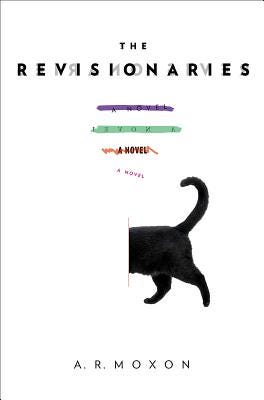Hey everyone. Last week I promised (or threatened, depending on your point of view) that I was going to start serializing previously unpublished parts of my novel, The Revisionaries, to show my gratitude to paid subscribers.
This is that.
You can read the details here.
If you can’t afford to pay $1/month $10/year, reply to this email and we’ll talk.
Paid sponsorship information (including coupon links) here.
AUTHOR’S NOTE
The first chapter I’m going to unpack takes place during Part II of the novel.1 It’s called “Continuity,” and it greatly expands on a bit of history that, in the finished novel, winds up getting summarized in a few pages2 by Tennessee, whose expository narration serves as introduction to most chapters.
This is the portion of the book that digs deep into the history within the world of the novel of the Love family, founders of the town of Pigeon Forge, TN, and perpetrators of most of its atrocities. Readers will be well-acquainted with Love patriarch Isaac, who is the focus of two chapters set in the late 1700s, during which he discovers a strange fountain and uses its properties to enthrall the settlers with whom he is traveling. Readers will also be well-acquainted with Isaac’s direct descendant Morris Love—our chief antagonist, the obsessed solipsist who has assumed the head of both the corporate Love empire and the strange and secretive cult that he runs out of modern-day Pigeon Forge.
This chapter bridges the gap between the backwoods king Isaac Love and the corporate prison magnate Morris Love, providing details on how the family and the cult evolved, and how both got to the state in which we meet them in the present-day setting of the book. The chapter is also an anomaly (which is a big reason why it was so ripe for excision) in that its point of view character is one that hasn’t been seen before and won’t be seen again: Morris’ father, Billy, who is only mentioned glancingly in the finished novel, and appears only once, as an unconscious body on the floor.
In the end, it became clear that the only part of the book that needed to survive into the final cut were the pages at the end, after Morris has taken over both the narrative focus and the point of view, for reasons which will eventually become obvious …
c o n t i n u i t y
When he was thirty, William Love took a woman, and begat Runyan, who sallied forth with Commodore Perry and fought the Mexicans in both battles of Tabasco.3
Keep reading with a 7-day free trial
Subscribe to The Reframe to keep reading this post and get 7 days of free access to the full post archives.





